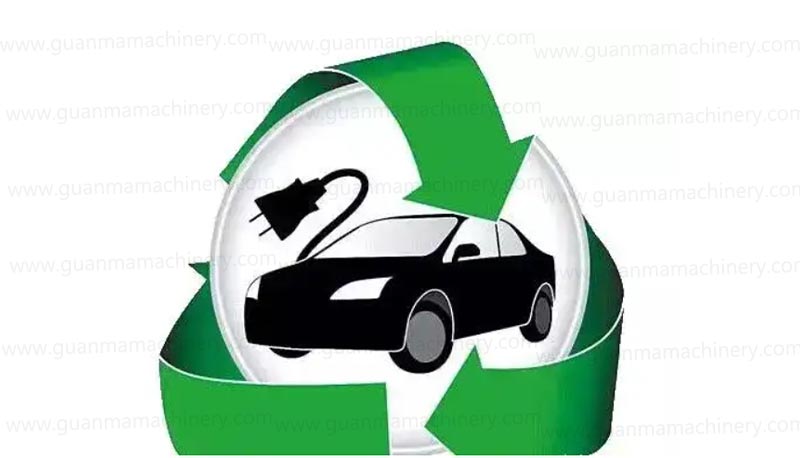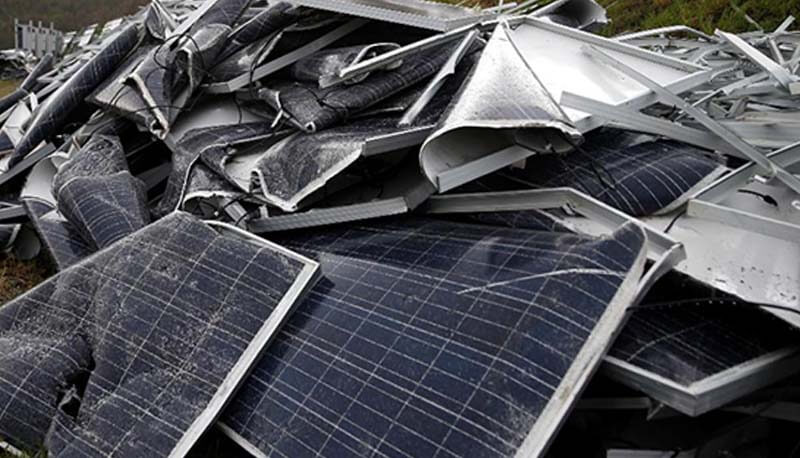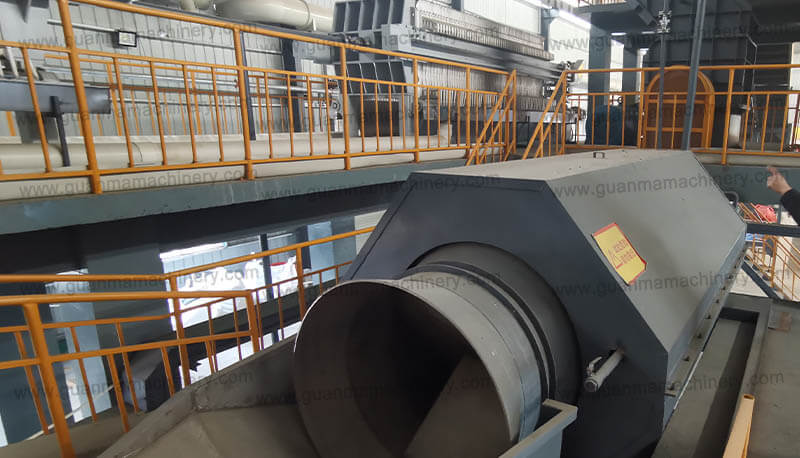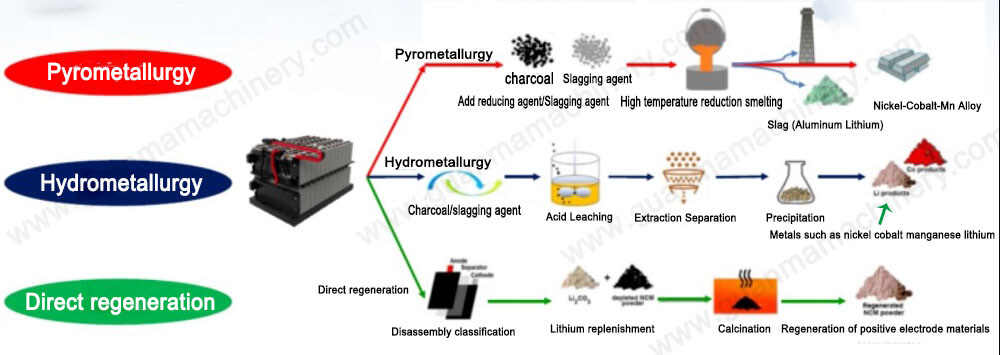Do you know how to dispose and recycle nickel cadmium battery? Learn about the recycling process and the role of lithium battery recycling machines in handling battery waste.
When it comes to disposing lithium batteries, whether they’re nickel-cadmium (NiCd) or lithium-ion, the focus should always be on safety and environmental stewardship. Unlike lithium-ion batteries, which have gained prominence in recent years, NiCd batteries still find their place in certain applications due to their robustness and long cycle life. But what happens when these batteries reach the end of their useful life? How does one go about disposing of them responsibly?
Why Recycle Nickel-Cadmium Batteries?
Nickel-cadmium batteries contain heavy metals like cadmium, which is toxic and poses serious environmental and health risks if not managed properly. Recycling NiCd batteries prevents these hazardous substances from contaminating landfills and water sources. Moreover, recycling conserves natural resources by reusing valuable materials such as nickel, cadmium, and steel.
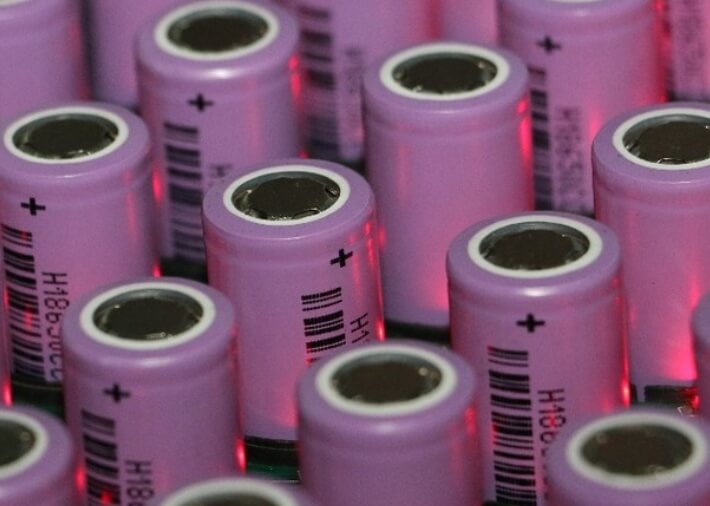
The Recycling Process for Nickel-Cadmium Batteries
1. Collection and Storage: The first step in recycling NiCd batteries involves collecting spent batteries from various sources. It’s crucial to store these batteries in a safe manner to prevent leaks or short circuits that could cause fires or release toxic substances.
2. Transportation: Once collected, the batteries must be transported to a recycling facility. Special precautions are taken to ensure the safety of handlers and the public during transit.
3. Shredding: Upon arrival at the recycling plant, the batteries are shredded to facilitate the separation of their components. This is where lithium battery recycling machines come into play, although they are specifically adapted for NiCd batteries in this context.
4. Separation of Components: The shredded material is subjected to a series of processes that separate the various components. Metals are extracted through smelting or hydrometallurgical processes, while plastics and other materials are recycled or disposed of in an environmentally sound manner.
5. Refining and Reuse: The recovered metals are refined to remove impurities and can be reused in the production of new batteries or other industrial applications.
The Role of Recycling Facilities and Machines
Specialized recycling facilities equipped with lithium battery recycling machines play a pivotal role in the process. These machines are designed to handle the unique challenges posed by different types of batteries, ensuring that each component is processed efficiently and safely.

